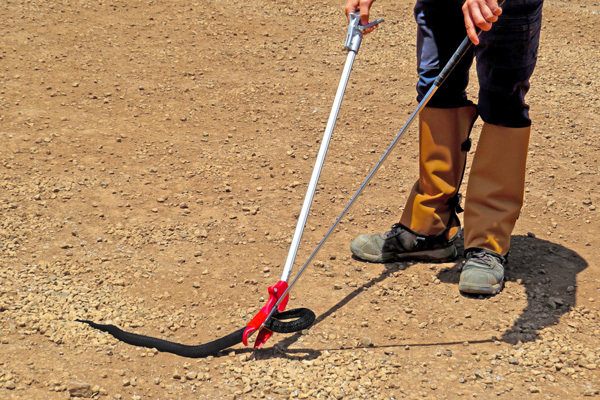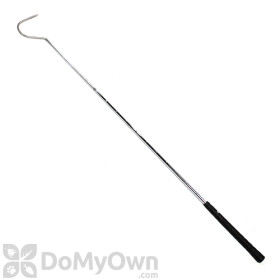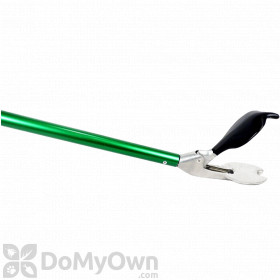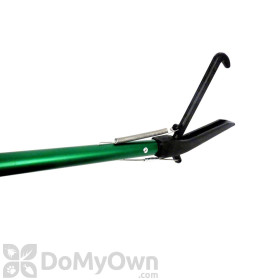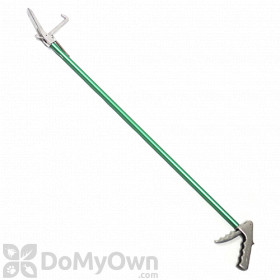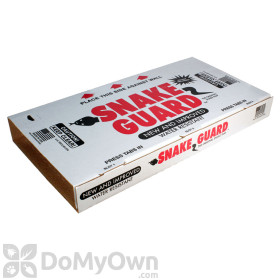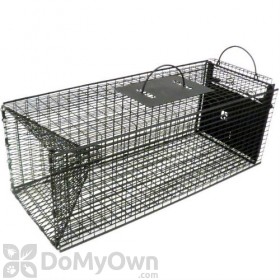Snake Removal Options
How to Catch a Snake
When snakes are found indoors or outdoors on your property and you want them to be removed you have two choices, you can catch the snake with snake handling tongs or you can deploy snake traps. Both methods allow you to live release the snake and relocate it or choose to eliminate the snake.
***You will need to check with your local wildlife control agencies to see what the laws are for relocating snakes in your region.***Snake Tongs
If you intend to transport the snake for release, you can use a 5 gallon bucket with a vented lid to put the captured snake in. Release the snake in an approved area.
Pros and cons: Snake tongs can be used anywhere on your property and inside the structure which makes them very versatile. The downside is that you must come pretty close to snake in order to capture them with tongs.Products needed for Method 1
Snake Traps
Outdoors you should place the Cahaba snake boards in shaded areas in gardens, near foundations, under sheds or other structures, along fence lines and other areas you have noticed snakes frequently. It is important to note that snakes like to travel with one side of their bodies touching against a vertical surface and you should place your boards so that the snake slithers into the glue board. Snake traps should be checked often if you plan to live release snakes that are captured.
After a snake has been captured on a glue board you can choose to toss the glue board in the trash, snake and all, or you can choose to release the snake.To release the snake: ALWAYS USE CAUTION WHEN HANDLING A TRAP WITH A LIVE SNAKE.
- Apply a generous amount of vegetable oil to the snake and the surrounding glue (the oil neutralizes the glue).
- Gently wipe remaining glue from snake with a well oiled rag, if desired.
- Release the snake in an approved area.




